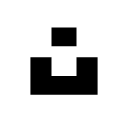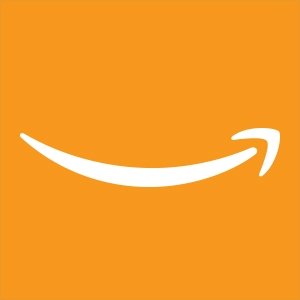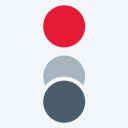We Started A Shopping Platform For Bike Enthusiasts And Grew Traffic 200x In One Year
Hello, we are Christian (CEO), Yannick (CMO) and Franz (CTO) of The Cycleverse.
The Cycleverse is Europe’s leading affiliate search engine for bicycles & E-Bikes, components, gear, and other sports items. Generally, our customers spend hours upon hours looking for products online, comparing their attributes, quality, and prices on different websites. Online search sucks.
It is our mission to create the best shopping experience possible. Users can find any product on the market on our platform, can compare prices, and get recommendations.
We publish hundreds of product reviews each year, use AI to recommend products based on the user’s preferences, and have numerous tools to help our users in the world of cycling. Our blog offers instructions and valuable information for cycling beginners and experts alike.
In the last year and a half, we were able to grow our traffic by about 200x and sales by 1,800x.


Download the report and join our email newsletter packed with business ideas and money-making opportunities, backed by real-life case studies.

Download the report and join our email newsletter packed with business ideas and money-making opportunities, backed by real-life case studies.

Download the report and join our email newsletter packed with business ideas and money-making opportunities, backed by real-life case studies.

Download the report and join our email newsletter packed with business ideas and money-making opportunities, backed by real-life case studies.

Download the report and join our email newsletter packed with business ideas and money-making opportunities, backed by real-life case studies.

Download the report and join our email newsletter packed with business ideas and money-making opportunities, backed by real-life case studies.

Download the report and join our email newsletter packed with business ideas and money-making opportunities, backed by real-life case studies.

Download the report and join our email newsletter packed with business ideas and money-making opportunities, backed by real-life case studies.

































